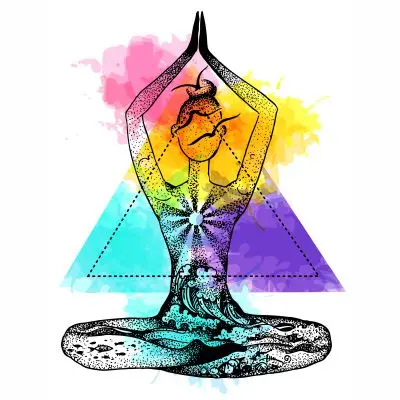Arnica Montana: Is it the boon acute pain patients were wishing for?

The management of pain is not a simple task but rather a complex task. Muscle pain, soreness, stiffness, and swelling are common reasons for people to seek medical treatment in clinics. Many of these symptoms are the result of accidents and bruising. Many people find that this choice is less appealing because of the potential negative effects that come along with using prescription medicines. The present opioid crisis also highlights the risk of developing a dependency on medications. It makes perfect sense to steer clear of taking prescription pain pills in the first place by investigating different pain management strategies that do not include addiction1.
Homoeopathy is an example of a prospective alternative medical practice. Homeopathy has a long history of practice, but there is little evidence to support it from a scientific perspective. One such example is Arnica montana2.
What is Arnica montana?
Since the 1500s, people have been using arnica, also known as Arnica montana, for therapeutic purposes, and this practice is still common today. Arnica is extracted from the Arnica montana flower, a perennial that thrives in the high altitudes of Europe and Russia. Because of its colour and petal shape similarity to the common daisy, it is occasionally referred to as a mountain daisy2. It includes a number of terpenoids and has primarily been used to treat sprains and bruises, although it is also used in cosmetic products3.
Medicinal Uses of Arnica montana:
Because arnica is so effective at treating bruising, it is frequently prescribed to patients who have just undergone surgical procedures, particularly cosmetic procedures. Arnica containing topical lotions and gels are often recommended for the treatment of skin discomfort and bruising, however, the results of scientific studies on this claim have been mixed.
A study conducted in 2006 on individuals who had a rhytidectomy, a cosmetic procedure to diminish the appearance of wrinkles, revealed that homoeopathic arnica can greatly enhance the healing process4. Several postoperative disorders have been shown to respond favourably to arnica's use as a healing agent. Among these symptoms include bruising, swelling, and pain5.
Other study has produced conclusions that are contradictory with regard to its usefulness. 24 hours after completing a sequence of calf workouts, participants in a study that was published in the Annals of Pharmacotherapy reported higher leg pain after taking arnica6.
Pain Management using Arnica montana:
As an analgesic agent, arnica is one of the homoeopathic medicines that has been the subject of the most research. The source plant contains sesquiterpene lactones, which include the active components helenalin, 11[alpha],13-dihydrohelenalin, and chamissonolide, as well as their esters. Arnica is used in phytotherapy to reduce inflammation by blocking nuclear factor [kappa] B (NF-kB), a transcription factor that regulates a wide variety of inflammatory cytokines (including interleukin [IL]-1, IL-2, IL-6, IL-8, and tumour necrosis factor)7.
Reference:
- Arnica: Uses, Research, Administration, and More. Healthline Learn more (2014).
- Everything You Need to Know About Arnica for Treating Pain. KnowYourOTCS Learn more (2020).
- Arnica Montana - an overview | ScienceDirect Topics. Learn more.
- Seeley, B. M., Denton, A. B., Ahn, M. S. & Maas, C. S. Effect of Homeopathic Arnica montana on Bruising in Face-lifts. Archives of Facial Plastic Surgery 8, 54–59 (2006).
- Iannitti, T., Morales-Medina, J. C., Bellavite, P., Rottigni, V. & Palmieri, B. Effectiveness and Safety of Arnica montana in Post-Surgical Setting, Pain and Inflammation. Am J Ther 23, e184-197 (2016).
- Adkison, J. D., Bauer, D. W. & Chang, T. The Effect of Topical Arnica on Muscle Pain. Ann Pharmacother 44, 1579–1584 (2010).
- Rodrigues, D. de F., Luna, S. P. L., Brondani, J. T. & Minto, B. W. Comparison of morphine, ketoprofen and Arnica montana 6x and 30x per oral transmucosal or subcutaneous route for control of postoperative pain in cats subjected to hysterectomy with bilateral salpingo-oophorectomy. Cienc. Rural 46, 330–335 (2016).

